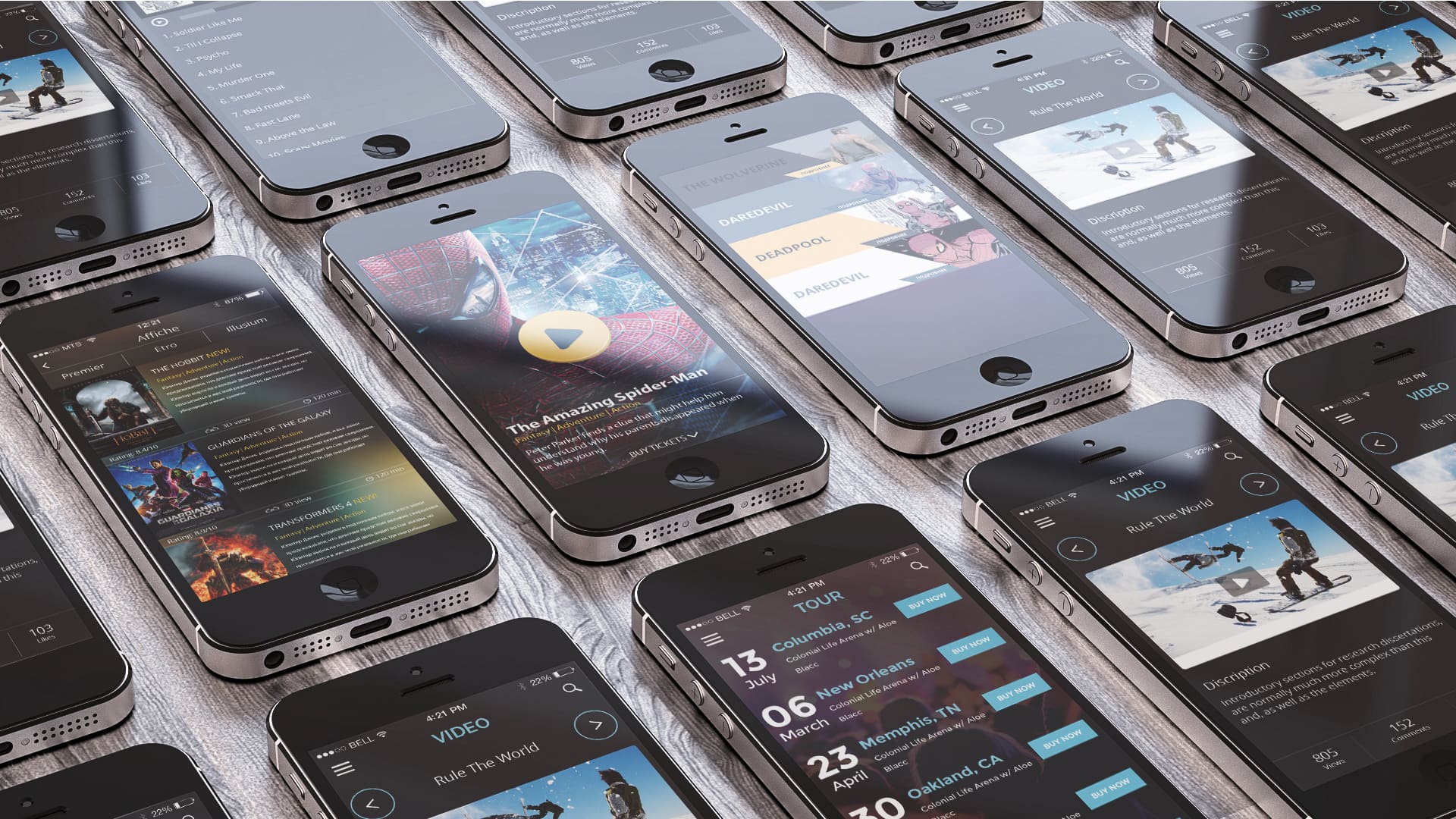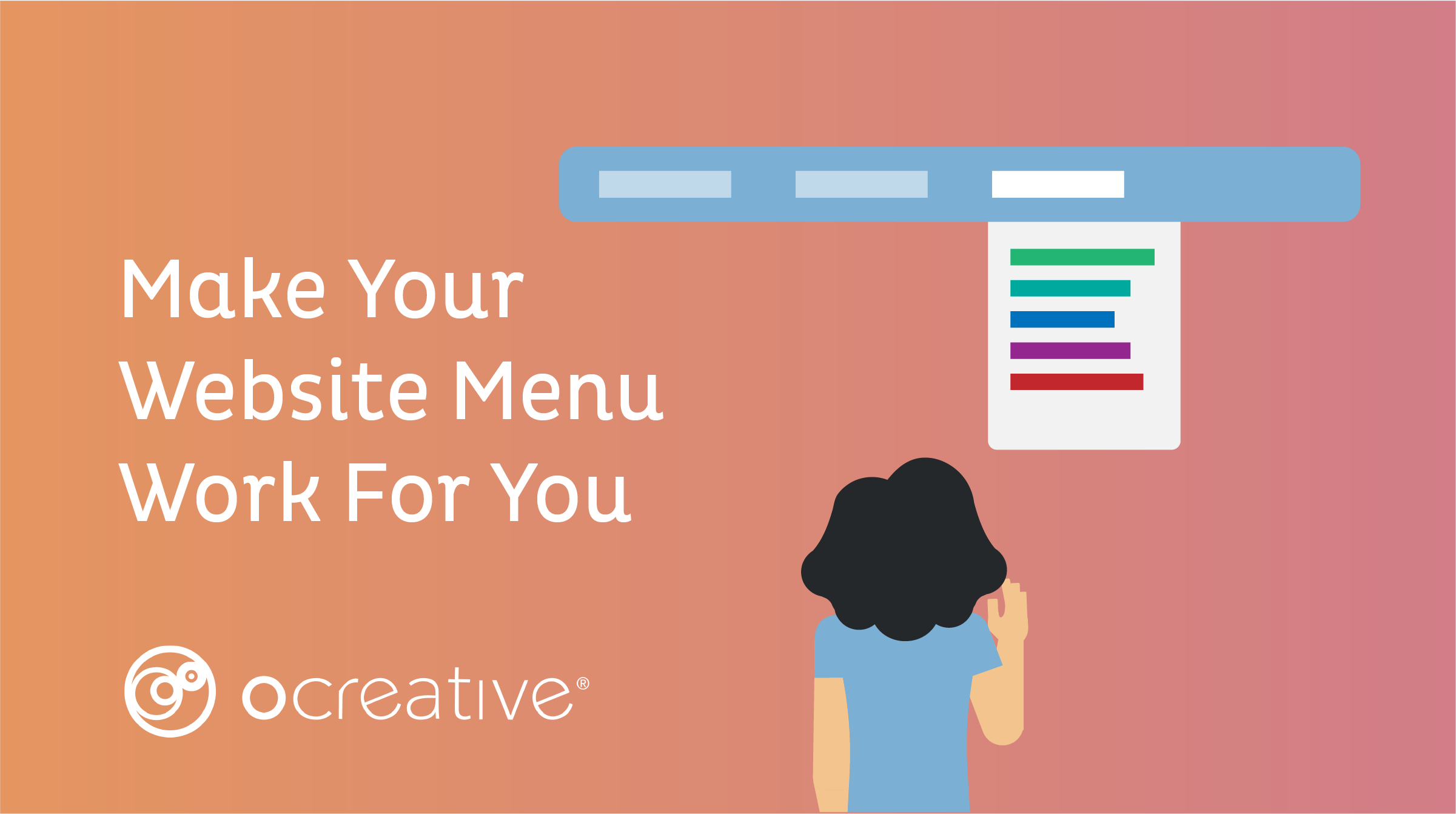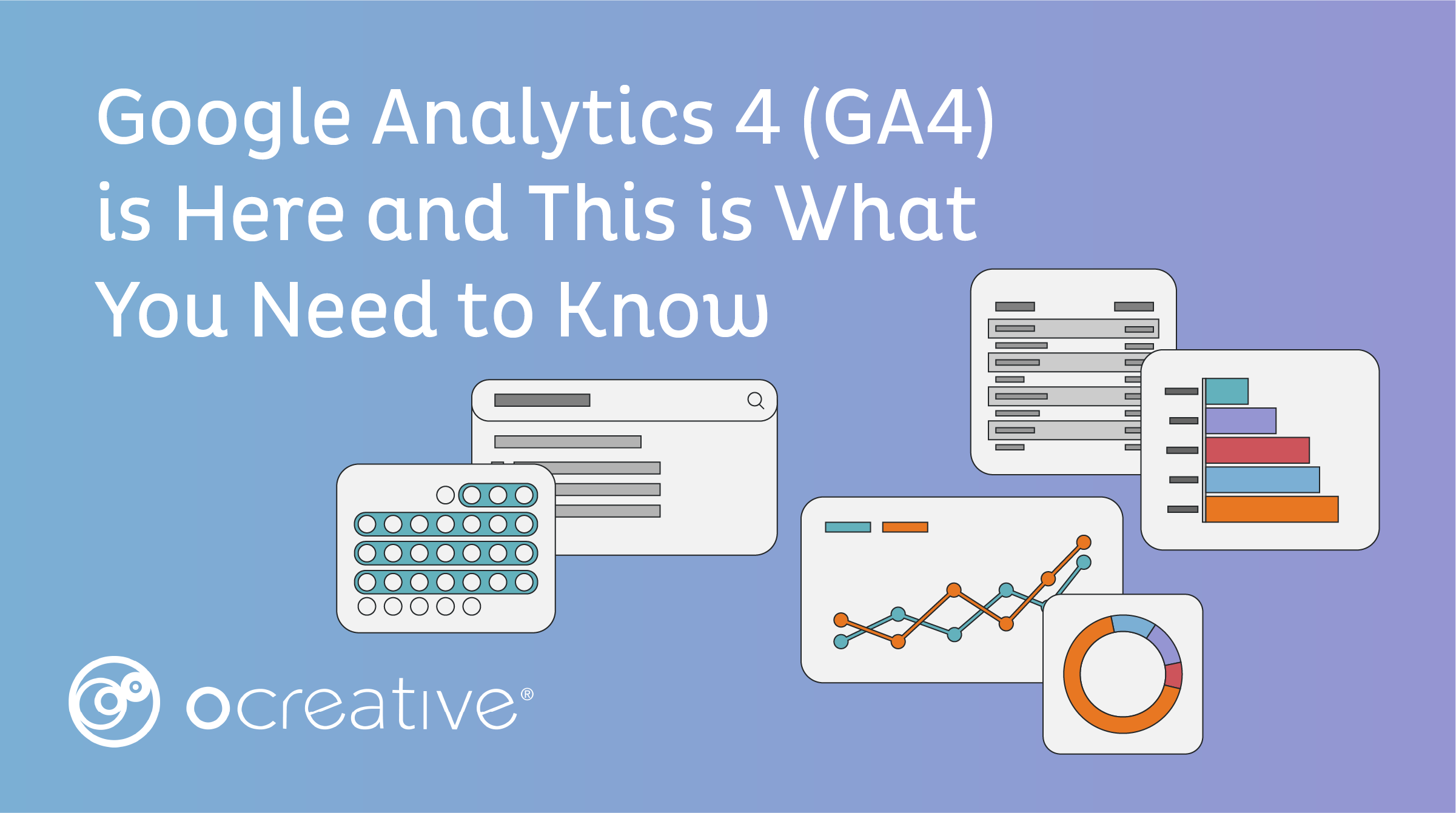Mobile devices are here to stay, and it’s pretty clear that they have revolutionized the way people use and interact with websites. If your site isn’t easy to view on a mobile device (or isn’t mobile friendly) by now, you’re not just missing out on giving visitors a positive experience: Google recently announced that it will begin to demote your website in search rankings.
Creating a Mobile-Friendly Website
Both adaptive and responsive design prepare your website for mobile users, but in very different ways. Overall, responsive layouts perform better than adaptive layouts, but in some cases an adaptive approach could serve users better. It’s best to understand the advantages and disadvantages of each. It’s important to note at this point that Google supports both adaptive and responsive configurations, and neither will affect your rankings over the other. That being said, Google does prefer responsive design because the Google bots will have fewer pages to index, which makes it easier for them to crawl your site. This doesn’t mean that you should choose responsive without looking further into adaptive, because each offers something different.
The Responsive Website – This is a site that uses the same URL on all devices. The website displays the same content on any device, but it changes the view and order of content depending on the size of the device’s browser window. Simply put, a responsive site resizes and rearranges its content to fit any screen size. Advantages:
- Uses one URL
- Adjusts automatically to whatever device is being used
- Requires only one-time changes when your site requires updates
Disadvantages:
- May require you to recode or even rebuild your entire website
- Has the potential for slower load times
The Breakdown: Responsive design offers a similar user experience no matter what device is used, but it may take a little longer to load. It can be less expensive than adaptive design, but you do lose direct control of mobile-specific content. Responsive design wins over adaptive design in terms of search engine optimization because responsive sites deliver the same HTML code, no matter the device. This makes it easier and faster for search engines to index it.
The Adaptive Website – This type of site uses the same URL on all devices, but the server detects the device that is viewing the site (mobile phone, tablet, or desktop) and loads a specific version of the site and content that is optimized for that particular device. This means that if you are on a phone, only mobile-phone-optimized assets are downloaded and viewed; the content may differ from what you would experience on a desktop. Advantages:
- Uses one URL
- Loads quickly because content is optimized specifically for the viewer’s device
- Can adapt to different needs if you have different needs or goals for people using mobile devices or the desktop, an adaptive site can easily accommodate the differences
Disadvantages:
- Requires you to build separate versions of your site for mobile, tablet, and desktop
- Requires more maintenance and cost (because there are now multiple versions of the site)
The Breakdown: Adaptive design provides viewers with an optimized website experience that is specifically tailored to the device on which a website may appear and wins hands down in load time. Designers can sacrifice elements that are more for show, resize images, etc., providing the mobile user with a very different experience compared to the desktop version of the site. This may be more suited to the on-the-go browsing style of someone with a mobile device. Overall, adaptive design creates unique, high-quality experiences on any device, but it can be expensive to develop several layouts for each variation of your website.
Conclusion Basically, you need to do what’s right for your website based on your target audience and business goals. All users really want is to view your content easily. It’s Ocreative’s job to work with you to figure out the best means to make that happen and focus on creating an optimal website experience for everyone. At Ocreative, we are happy to sit down with you to talk about the steps we can take to ensure that your website suits your company and your audience. Get in touch today!





